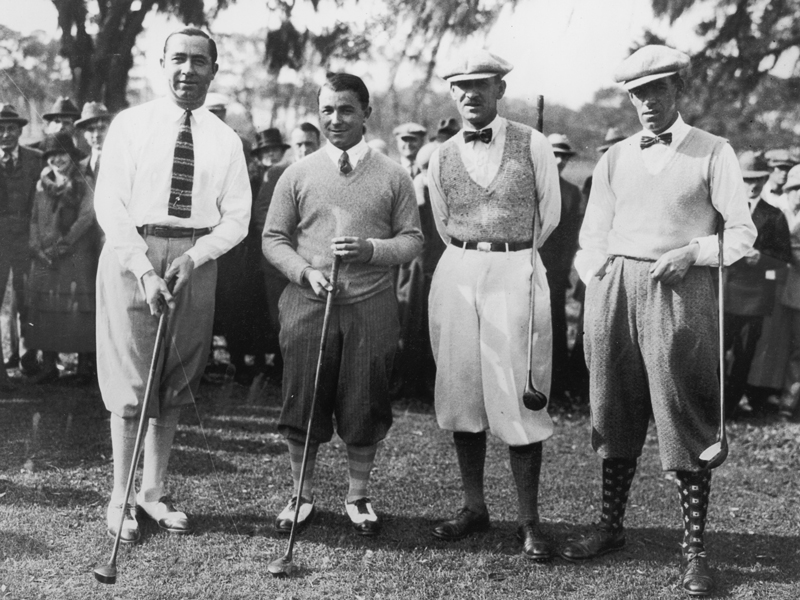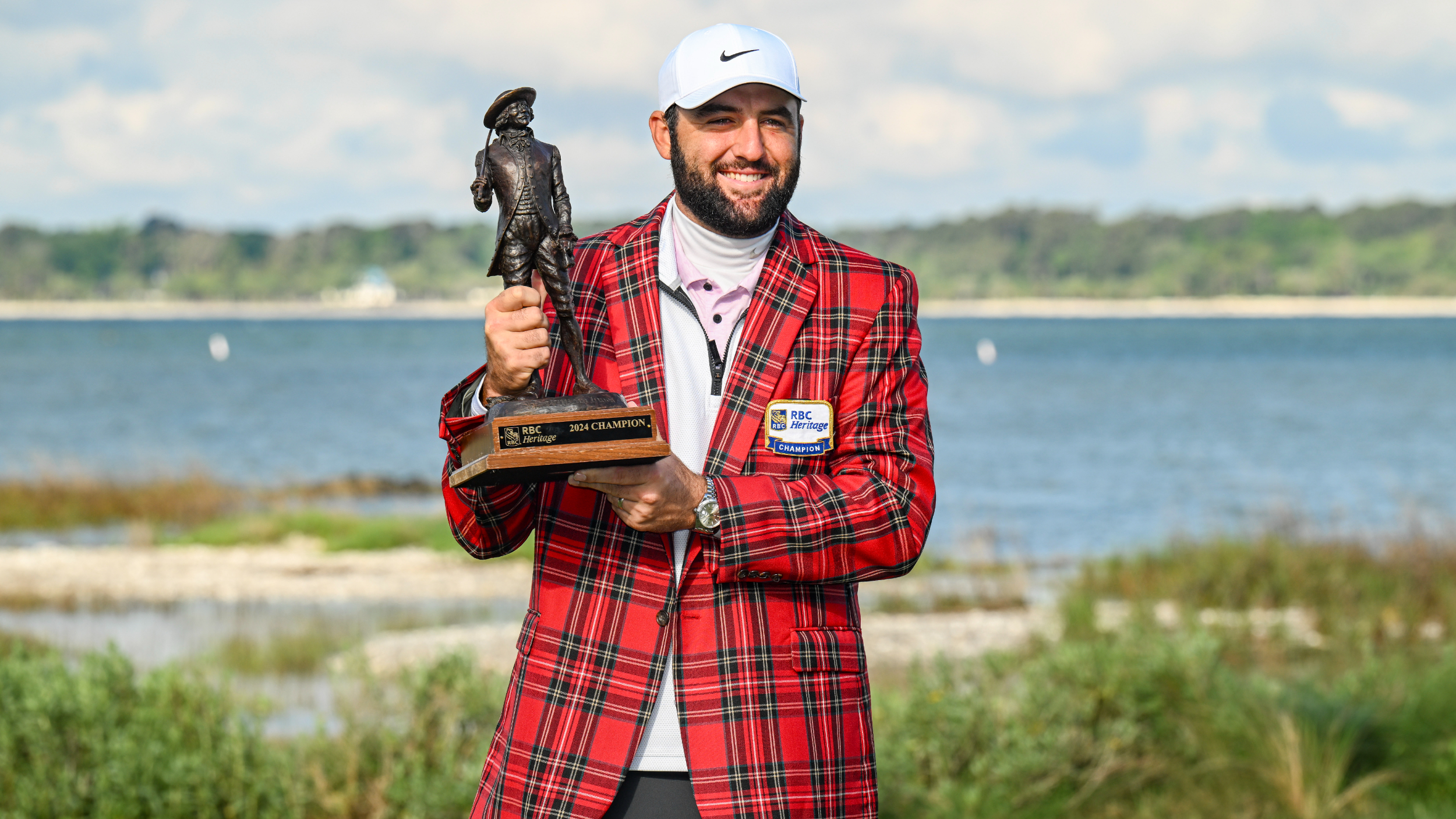The best fourball formats
Betterballs, scrambles, foursomes, gruesomes, aggregates and the risky Daytona


Over the years many formats have evolved for use in fourball golf, from the simple fourball better ball to the risky Daytona. Here below is a description of the best fourball formats.
What are the most common pairs formats?
The old favourites are fourball betterball and foursomes. The former is when both team members play their own ball and the lowest score of the two counts at each hole. In matchplay, competitors receive 90% of the difference from the man with the lowest handicap – this allowance has recently been increased from three-quarters.
Foursomes is alternate shots, one player teeing off at the evens and one at the odds. Each pair gets half their combined handicap and the team with the higher total receives the full difference.
What if we want to mix up our betterball matches a little?
There are many adaptations to the classic format. Try fourball aggregate: The combined score at each hole counts and the format is played to full handicap. This can be taken one step further by playing better/aggregate. Here one point is awarded at each hole for the betterball and one for the combined. It’s a great format for groups with mixed handicaps.
What if we want to mix it up even more than that?
Get the Golf Monthly Newsletter
Subscribe to the Golf Monthly newsletter to stay up to date with all the latest tour news, equipment news, reviews, head-to-heads and buyer’s guides from our team of experienced experts.
If you enjoy some massive swings through a match try the Daytona. Here each pair adds their scores together. If both make five on a hole they score a 55. If the scores are different the ordering depends how the team fared compared to par. If one team member makes par or better the lower total comes first, but if neither make par the higher total comes first. Eg. Team A take a three and a six on a par four so their total is 36. Team B take a five and a six on the same hole so their total is 65. Be sure to take a calculator.
What about variations to foursomes matches?
Here are just a few: Greensomes: Both partners tee off and then choose the best drive from which to play. It’s then alternate shots for the rest of the hole. Handicap is seven eighths of the difference.
Gruesomes: As above but the opposition choose which drive you must play from.
Pinehurst Foursomes: Now things start getting really complicated. Team mates A and B both tee off, player B then hits player A’s ball while player A hits player B’s. After this the team decides which ball to play and it’s alternate shots from there. Handicap allowance is three fifths of the lowest team member plus two fifths of the highest. It’s full difference for matchplay.
Shane Lowry on playing the plugged bunker shot:
What if we want to play as a four-man team?
The Texas Scramble is probably the best known four-man format: Every player tees off and the best drive is selected. All four then play second shots from where it ended. The best second shot is selected and all four play from where it ended. This continues until the ball is in the hole. The team receives 10% of their combined handicaps.
The Florida Scramble is a variation where the player whose shot is selected for use can’t hit the next shot. This means one player can’t dominate proceedings.
Can we make this more interesting?
In Dice Scramble each team is given a die to be rolled after all four players hit their tee shots. If a one comes up the drive of the first person listed on the scorecard must be used, two is the second person on the scorecard and so on. A five means the worst of the four drives must be taken and a six means the best must be taken.
Continue in standard scramble format from here but beware of the six-hour round.

Fergus is Golf Monthly's resident expert on the history of the game and has written extensively on that subject. He has also worked with Golf Monthly to produce a podcast series. Called 18 Majors: The Golf History Show it offers new and in-depth perspectives on some of the most important moments in golf's long history. You can find all the details about it here.
He is a golf obsessive and 1-handicapper. Growing up in the North East of Scotland, golf runs through his veins and his passion for the sport was bolstered during his time at St Andrews university studying history. He went on to earn a post graduate diploma from the London School of Journalism. Fergus has worked for Golf Monthly since 2004 and has written two books on the game; "Great Golf Debates" together with Jezz Ellwood of Golf Monthly and the history section of "The Ultimate Golf Book" together with Neil Tappin , also of Golf Monthly.
Fergus once shanked a ball from just over Granny Clark's Wynd on the 18th of the Old Course that struck the St Andrews Golf Club and rebounded into the Valley of Sin, from where he saved par. Who says there's no golfing god?
-
 RBC Heritage Prize Money Payout 2025
RBC Heritage Prize Money Payout 2025Scottie Scheffler defends his title at Harbour Town in the latest of the PGA Tour’s signature events
By Mike Hall Published
-
 The Last Time Rory McIlroy Won A Major (Prior To The 2025 Masters)....
The Last Time Rory McIlroy Won A Major (Prior To The 2025 Masters)....We wind the clock back to the year 2014, when Rory McIlroy was the heir-apparent to Tiger Woods
By Michael Weston Published